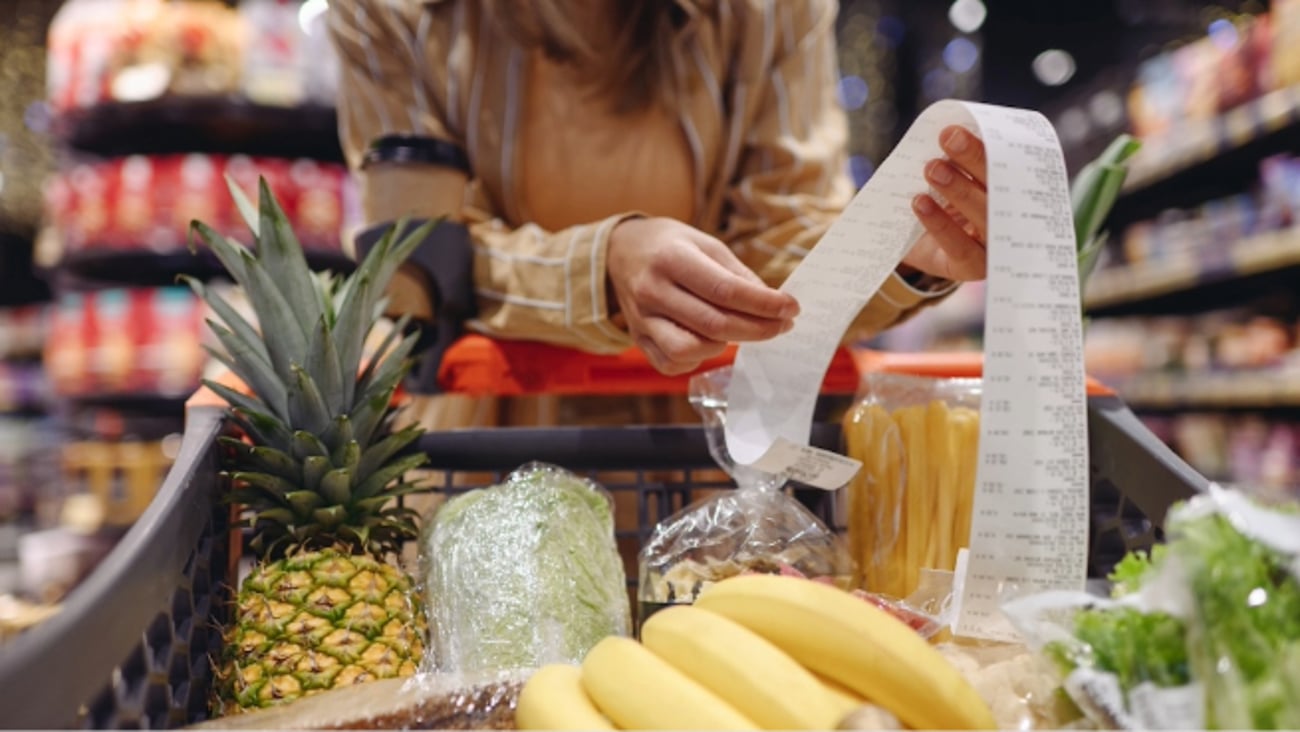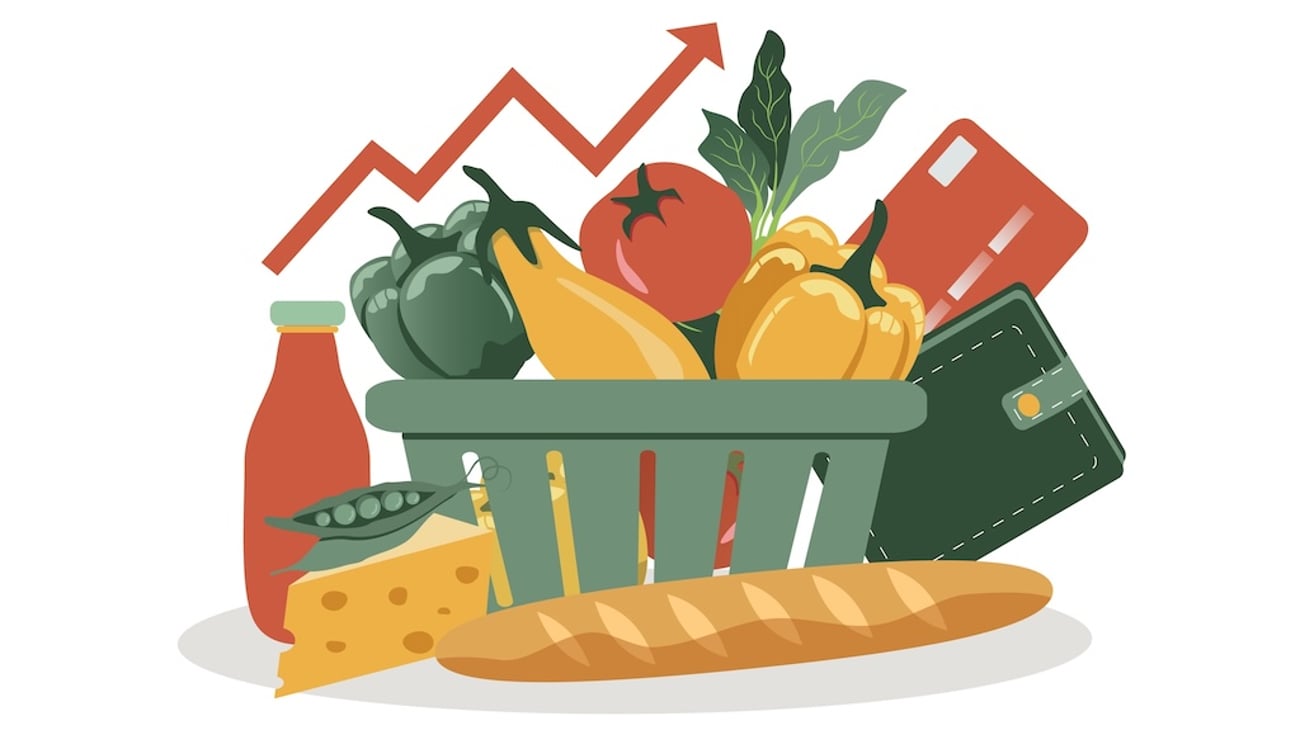It’s easy to blame Big Food for high grocery prices. But should we?
Accusations of gouging in the food industry have reached an all-time high. According to a recent survey, 68% of Canadians believe food corporations are taking advantage of the inflationary cycle to increase prices (i.e. “greedflation”), and it’s not just in retail. While both Quebec and British Columbia have class-action lawsuits against the beef industry, many trade groups and politicians are now asking the federal government to investigate.
We will hear complaints from consumers about prices being excessively inflated in different sectors, such as automotive, telecommunications, pharmaceuticals, and airlines. But food is different because the stakes are different for everyone. The balance between profits and profiteering is incredibly delicate. Along with energy, food is the most volatile element when measuring inflation, essentially due to how the category is easily affected by weather, labour and geopolitics. Half of the products you see in a grocery store are perishable and rely on cold chains. That aspect of the business alone makes things more complicated than moving car parts or wood around. Getting food from farm to store — or restaurant — is a daily battle of time and pressure. Failure means more waste, more problems, more costs and higher food prices.
It’s easy to blame food companies and grocers get most of the backlash from consumers due to their exposure. In recent weeks, many have criticized them for recording historically high profits and accused them of taking advantage of the current inflationary cycle. But grocers have been desperate to stay ahead of the market and beat the unpredictable nature of what is happening. When carrying 18,000 to 20,000 products, it’s not that simple. Looking at the financial performance of our three largest grocers — Loblaw, Metro, Empire — the gross margin-profit ratios are mostly consistent.
The fact remains that any evidence of greedflation in Canadian food retail is weak at best. That said, some prices in some categories have behaved unreasonably in recent years, so it doesn’t mean greedflation does not exist. Accepting that it does and accusing companies of being abusive, though, is the easy part. Where it gets challenging is to set thresholds. How much is too much? Where’s the line between good business practices and greed? Some consumers are still willingly paying $28 for steaks at the grocery store, pushing prices higher for the rest of us.
Further investigation would be warranted. Other links of the supply chain are harder to analyze, since many companies are privately owned and contracts are not public. And consumers have every right to be doubtful, considering that we have seen our share of price-fixing scandals in recent years. The bread price-fixing scheme is just one example. Everyone would gain from looking at the more obscure sectors of the food industry, beyond retail, to better understand how our food supply chain works. A government-led inquiry would benefit us all, but the focus would need to be narrowed. The food industry is just too vast of a market to make any analysis worthwhile.
It's also worth noting that the percentage of consumer expenditure spent on food consumed at home is one of the lowest in the world in Canada. According to the World Economic Forum, the average consumer spends 9.1% of a total budget on food. In the United States, it is about 7%. In 1950, that percentage was over 30%, so we have come a long way.
Food inflation will peak soon in Canada, or it may have already. Food prices will continue to rise, but at a much slower pace in the coming months. The year 2022 was to be the year of recovery from the pandemic, but Russia had other plans. It’s important to keep in mind that food inflation is a normal economic phenomenon. In order to properly equip the industry in a way that Canadians get quality products at consistent pricing, prices should continue to rise. In recent months though, it's been unsustainable for many families. Food inflation’s ideal rate is between 1.5% and 2.5%, which is what we have been getting for the past 20 years or so, except for this year.
Canadians do have a strong food industry, but food affordability has been a challenge for many of us. But we need to look at greedflation rationally before slinging mud at everything and anything.




